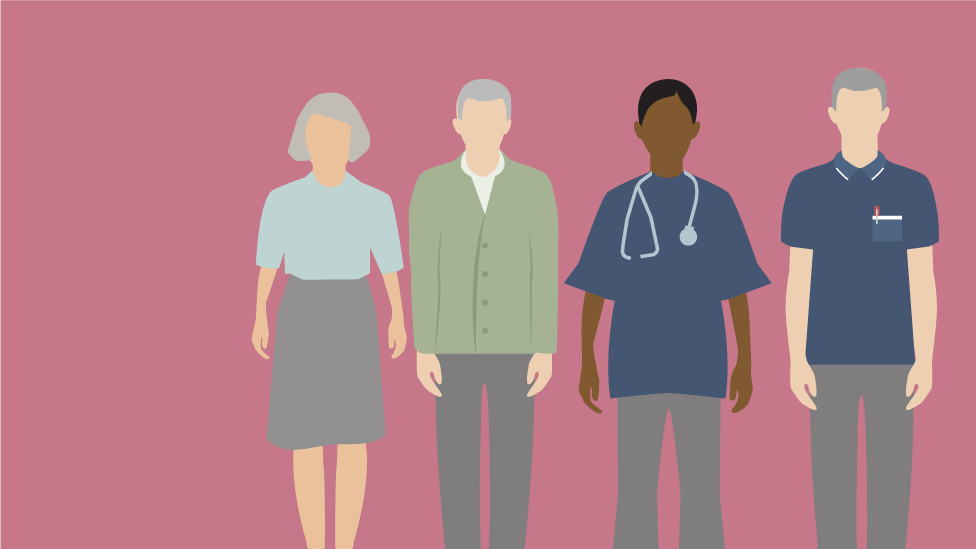NHS plan: What it means for you
- Published
The NHS in England has published a 10-year plan setting out what it will be prioritising in the future.
It comes after ministers announced the budget will be increased by £20bn a year by 2023.
The 136-page plan will see money shifted from hospitals to mental health and the community. But what does it mean for patients?
More personalised medicine

The ambition: The idea is to create more effective treatments by tailoring them to the individual.
One of the ways this can be done is by carrying out tests to identify mutations in genes and then using the most appropriate medicine.
The NHS has already started doing this. The use of the breast cancer drug Herceptin for women with specific mutations in their cancer is an early example.
Other forms of personalised medicine are being introduced all the time. Just last year, NHS England agreed to pay for a new cancer therapy - CAR-T - for leukaemia. It works by re-programming the patient's own immune system to target their cancer.
As medicine develops, the idea is to have more of these sorts of treatments.
The plan promises in the future all children with cancer and others with rare genetic conditions will have their whole genome mapped to use targeted treatments.
The problem: Many of these treatments are still in their infancy. It is unclear just how effective they will be in the future.
Super quick emergency hospital visits

The ambition: Patients are being promised "same-day emergency care". Instead of being kept in overnight new services, known as ambulatory care and frailty units, are being set up alongside A&E units to assess patients and treat them.
They are providing particularly useful for older patients and mean they do not need to be admitted on to wards where their chances of a long stay increase.
This is because any stay in hospital can lead to increased frailty for older people, which in turn means they need care to be arranged when they are discharged.
If that is not available they have to stay in hospital and, as a result, a vicious circle develops.
NHS England want to see the number of "same-day" visits increase from a fifth to a third of admissions.
The problem: A&E units are under the cosh - and these new services can find themselves swamped by patients as staff try to move them quickly through the system. There has been suggestions the four-hour target to be seen and treated in A&E could be relaxed to ease the pressure.
Earlier detection of cancer
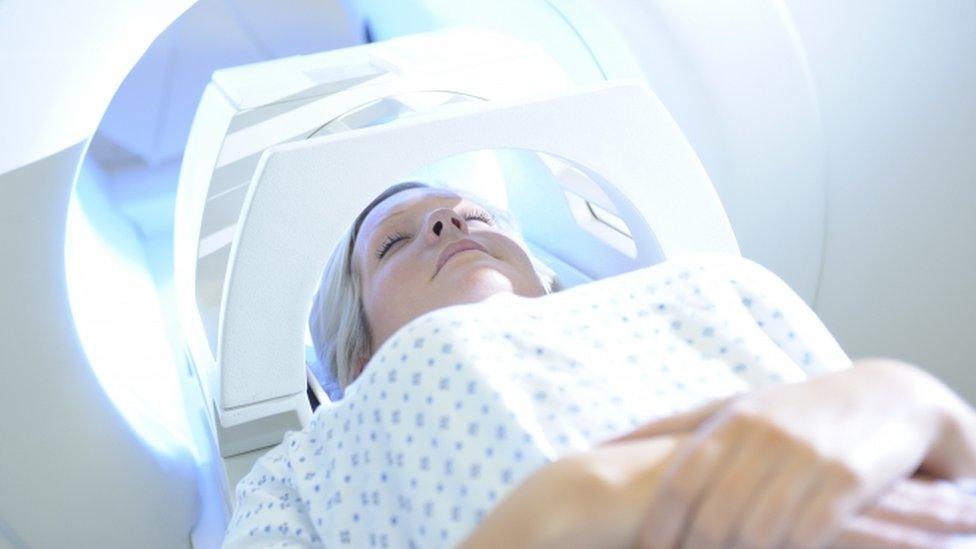
The ambition: Currently only half of people diagnosed with cancer have the disease identified early - at stages one or two.
The ambition has been set to increase that to three-quarters. In doing so, the government says 55,000 lives could be saved in the next 10 years if this is achieved.
One of the key developments to achieve earlier diagnosis is the creation of rapid diagnostic centres where patients can get a range of different tests and consultations with cancer specialists done on the same day.
One of the problems with cancer is that symptoms can present themselves in a number of different ways and it can be hard to pinpoint exactly what cancer a patient has.
It can lead to constant referrals back and forth between GPs and hospitals. These diagnostic centres - being trialled in 10 places - could help solve that and ensure quicker diagnosis.
The problem: Like all areas of the NHS, cancer services are struggling to recruit staff. There are particularly acute problems with chemotherapy nurses and cancer doctors. Meanwhile, the key waiting time target to get treatment within 62 days of referral has been missed for months.
A big push on getting you to be healthy

The ambition: A clear message from the plan is that the public have a responsibility for their own health. Evidence from the most recent Health Survey for England shows nearly nine in 10 people have an unhealthy lifestyle habit, such as excess drinking, poor diet or smoking. Half have at least two.
The extra money being put into non-hospital services will mean a bigger focus on prevention, NHS England says.
That could mean a greater focus on healthy lifestyle programmes for people with conditions such as heart disease and diabetes.
The plan champions the National Diabetes Prevention Programme which offers support to people at high risk of developing type 2 diabetes to improve their diet and physical activity habits.
The problem: Councils already have a huge role in encouraging healthy lifestyles. The government gives them more than £3bn a year to run programmes such as smoking cessation and weight management. But it is continuing to cut these budgets - next year councils will get 4% less than they are this year once inflation is taken into account.
More care in the community

The ambition: The plan talks about the importance of preventing admissions to hospital and ensuring patients can be discharged quickly when they are taken in.
To help ensure this happens, the plan talks about greater collaboration between hospitals and their community counterparts.
That means hospital doctors running clinics in the community and joint teams of NHS and social care staff working together to provide care for people when they are ready to be discharged from hospital.
The NHS and councils have already begun to pool budgets to encourage joint working.
The problem: While the health service has been given extra money, the social care system - overseen by councils - is still in the dark. A green paper on funding reform was promised in 2017, but it has still not been published. Councils and the companies that run care homes and home help say services have been put at risk in the meantime because of inadequate funding.
A digital revolution

The ambition: Just as digital technologies have revolutionised everything from the way we shop to how we watch television, the plan envisages an overhaul in the way we interact with the health service.
It wants to see online GP booking and the management of prescriptions become routine.
Video consultations with hospital consultants are also being seen as a crucial way of reducing unnecessary hospital appointments.
Meanwhile, NHS England says remote monitoring of things such as blood pressure from the confines of a patient's home offers good potential.
The problem: The NHS is still stuck in the dark ages when it comes to technologies. One need look no further than the widespread use of faxes and pagers to see that. Plenty of attempts have been made to change this, but with little success so far.
Easier access to mental health support

The ambition: Mental health services are a crucial focus. Some £2.3bn of the £20bn is being set aside for improving care.
This will ensure there are dedicated services for young people so they are not pushed into adult services as soon as they turn 18.
The plan also promises better crisis care. This includes in the community, from the NHS 111 phone service and in A&E - all hospitals should have a psychiatric liaison team in the future to ensure patients get the right support.
Meanwhile, the NHS therapy service for people with milder mental health problems - the IAPT programme - is to be expanded to ensure more people receive psychological help.
The problem: Mental health services have long been the "Cinderella" service in the NHS. There is simply an awful lot of ground to make up. Just tackling the problems in child mental health services alone could swallow up the entire extra money, some say.
- Published8 February 2017
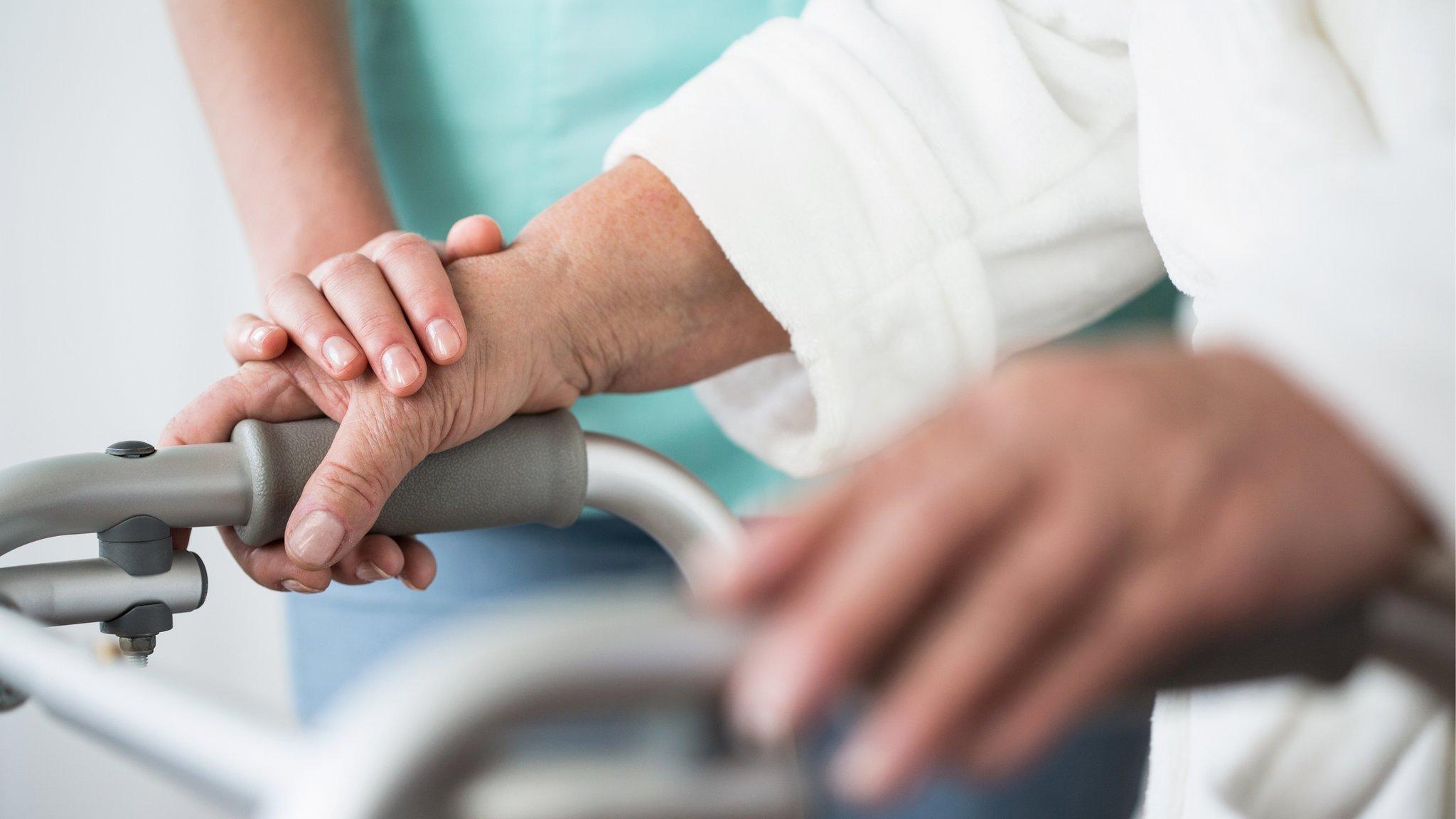
- Published8 February 2017

- Published6 January 2017
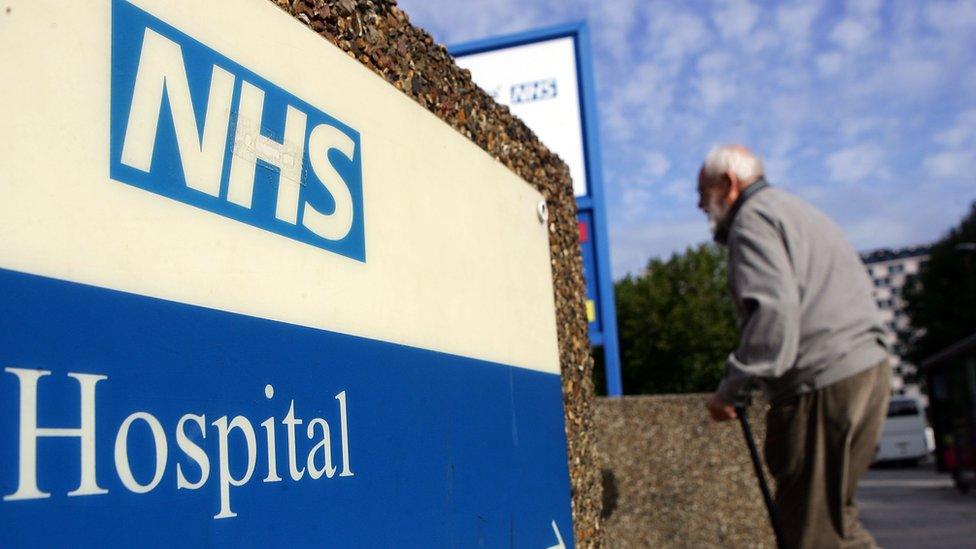
- Published12 December 2016
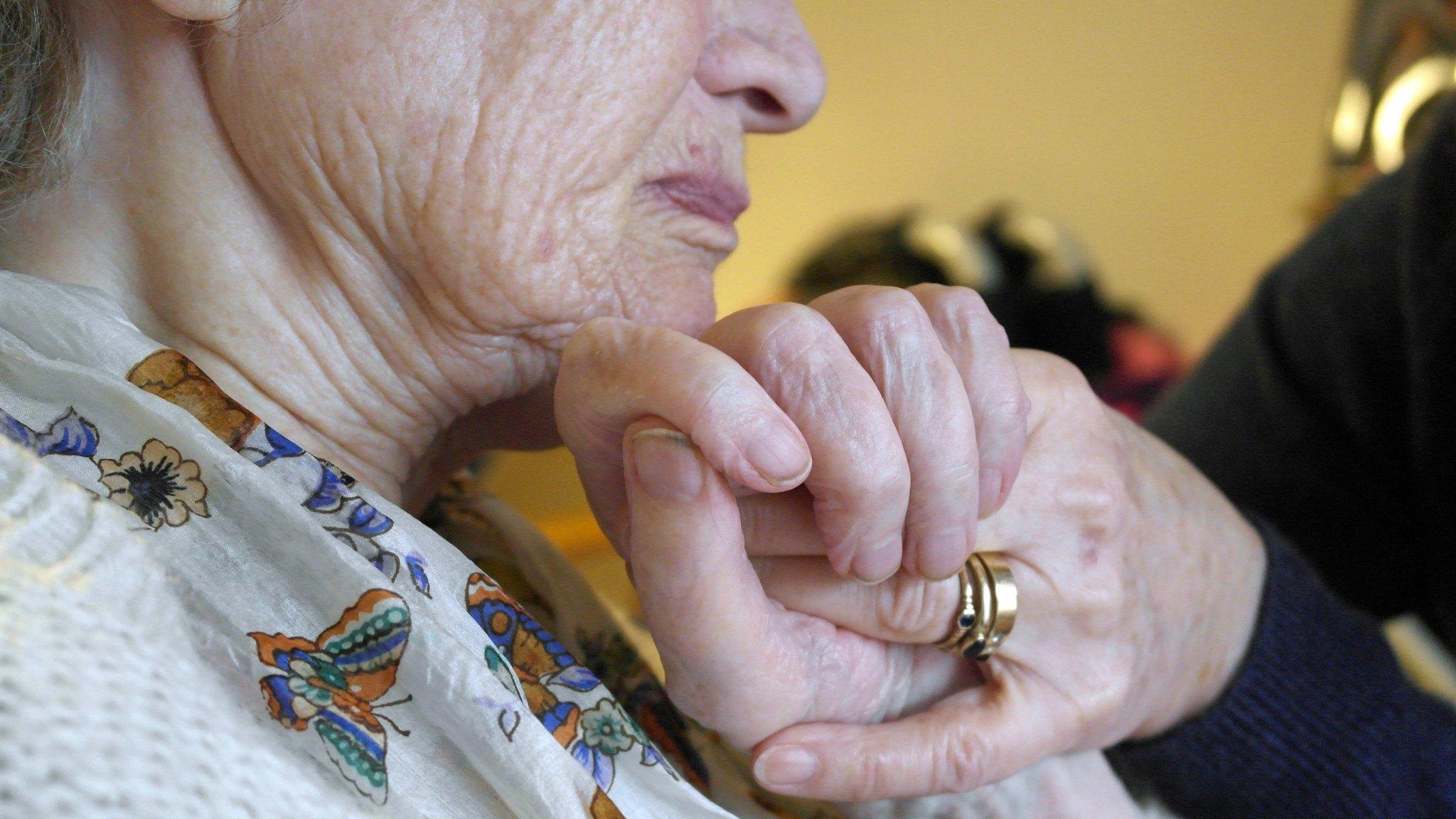
- Published13 September 2016
